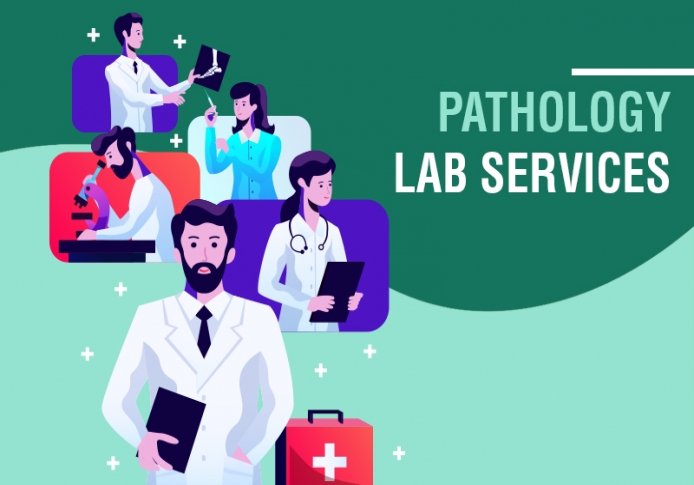Care of Employee: How to Plan the Transition Back to the Workplace
The COVID-19 pandemic has caused widespread stress and anxiety for employees. One year later, coronavirus remains a top fear for employees in a physical work environment with 100% of formerly onsite employees anxious about returning to the workplace.
It has been observed that there wasn’t a single employee who didn’t have any anxiety about returning to the office/worksite. Additional concerns include losing the flexibility that work-from-home practices have established, along with the decreased commute.
Employees are anxious about returning to the workplace as the need for flexibility, communication, and care increases.
Sources Of Stress
The latest NTP Healthcare Employee Care Report asked employees who were previously working on-site at their place of employment but are now working from home, about their top sources of anxiety about returning to their previous worksite. Of those surveyed who fell into that category, here’s what they reported:
1 - Being exposed to COVID-19 77%
2 - Less flexibility 71%
3 - Commuting to work 68%
Regardless of where employees were currently working, NTP Healthcare asked employees what their top sources of stress were when generally looking toward this next year. 82% felt the health and safety of themselves and their family was their main stress, followed by economic uncertainty, job security, and political polarization. While only 23% of the total response sample selected racial injustice as a top source of stress moving into 2021 — this number jumped to 51% among Black & African American respondents. This data only further proves that individual identities can’t be ignored in the workplace — and will remain a core part of caring for employees and their unique experiences.
Employers Can’t Afford To Lose The Human Side Of Work
Employers are moving quickly and they’re eager to get things close to or a semblance of the way things were. But the flaws in the way we used to work have forever been exposed. As we transition to a “new normal” employers can’t afford to lose the human side of work that the pandemic has so boldly exposed. People want flexibility around when, how, and where they work to remain.
When it comes to employee care, only 55% of employees felt like their organization cares about them, with only 16% strongly agreeing — a significant drop from the 31% that strongly agreed from our 2020 Employee Care Report. Managers and leaders are crucial contributors to organizational care, but the numbers show there’s room for improvement.
Organizations Need To Step Up For All Employees
While anxiety is high around transitioning back to the workplace, navigating the road to return to the workplace requires listening to employees’ needs and concerns, communicating clearly, utilizing surveys, and gathering feedback — and taking action based on results.
Here are a few ways you can help ease the stress for employees as they transition back to the office or workplace:
1. Ask for feedback on policies or procedures
Surprisingly, organizations are falling short when it comes to soliciting and acting on employee feedback. The NTP Healthcare Employee Care The report found that more people said that their company hadn’t asked for their feedback about return-to-work policies or procedures than those whose companies had. Even worse, 15% of employees said that their organization doesn’t administer employee surveys to gather feedback at all. Listening to the employee's concerns is an equally important part of employee care — acting on it is even more important.
Pulse surveys, all-company Q&As and frequent 1:1s with managers and leaders are just a few ways to build the necessary two-way communication and trust required between organizations and their employees. Successful internal communications give employees the opportunity to be heard, and the organization to listen and act.
2. Keep the added flexibility
Employees have experienced a better quality of life as a result of dropping the morning and evening commute — and they aren’t looking to let go of that. When asked what other aspect of employees’ work life over the past 12 months they wanted to keep moving forward, flexibility topped the list with 68% wanting to keep flexibility in work schedule. The data shows that more flexibility around work schedules and physical environment doesn’t necessarily equate to less productivity and job performance. On the contrary, this flexibility has had a positive impact on employee productivity and performance with 81% of employees who said their productivity increased or stayed the same in 2020 — invalidating the old school mentality of a 9-to-5 traditional workplace.
This presents an opportunity for employers to reevaluate their physical work environments through the lens of what would most support their employees’ well-being. This could mean flexible work hours, adopting a hybrid work model (working remotely and in the office), additional PTO or encouraging employees to take time to be with family, go outside and step away from their desk — without any penalty or fear of sacrificing productivity.
3. Work together toward employee care
It takes a team to create the best employee experience for employees and their organization. Employee burnout numbers remain high — with 60% of employees who said their company doesn’t even discuss the topic of burnout with them. In order to tackle turnover and burnouts, peers, managers, and leaders need to show up for their people in meaningful ways.
It has been observed that when employees feel they have organizational support and well-being, they’re more likely to recommend their the company as a great place to work, less likely to leave and more likely to be engaged at work. Enhance your employee experience by focusing on safety and security to ensure all employees feel safe, building mutual trust and respect and allowing autonomy and clarity in role responsibilities and tasks.
How NTP Healthcare Can Help
NTP Healthcare is on a mission to transform work into a source of positivity, energy, humanity, and purpose. NTP Healthcare solutions help show care to your employees through updates, listening, insights, activities, recognition, and more. We give companies a modern and expansive approach to well-being to address inclusion, burnout, and turnover — with a focus on creating connections to build community and culture.
















